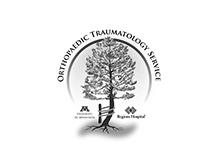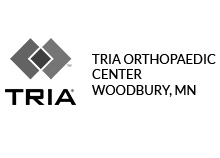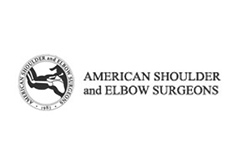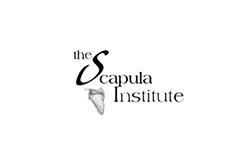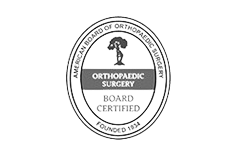Healthcare News
Clinical results of reverse shoulder arthroplasty after failed arthroscopic rotator cuff repair compared to primary cases: a case–control study
Although reverse shoulder arthroplasty (RSA) is a popular treatment, its efficacy in patients with failed rotator cuff repair (ARCR) remains unclear. In this study, we aimed to evaluate the clinical results of RSA for following failed ARCR. We hypothesized that RSA after failed ARCR would lead to improved clinical outcomes comparable to those of RSA performed without prior surgeries.
8 Types of Shoulder Surgeries
Common types of shoulder surgeries include rotator cuff repair, total shoulder replacement, and arthroscopy for conditions like frozen shoulder or impingement syndrome. In general, these and other shoulder procedures help treat shoulder injuries by repairing or replacing cartilage, tendons and ligaments, muscles, and joints.
Physical Therapy Exercises for Recovery From a Clavicle Fracture
A fractured clavicle, or fractured collarbone, generally occurs from a fall onto the shoulder or after enough pressure is placed on the bone that it breaks. The fracture may be partial or complete and often requires surgical repair or immobilization while it heals. Every fracture is different. So it's important to work closely with your healthcare provider and physical therapist to design a clavicle fracture rehabilitation program that is specific to your injury, fitness level, and lifestyle.
Criteria-based return-to-play testing after arthroscopic Bankart repair may not be enough
Criteria-based return-to-play testing for patients undergoing arthroscopic Bankart repair may not address baseline differences between patients, according to data presented here.
Why Does My Shoulder Hurt, and Could It Be Serious?
Possible reasons why your shoulder hurts vary, but where you feel pain can help narrow down the cause. Common causes include poor posture, bursitis, arthritis, muscle strain, or a pinched nerve.


